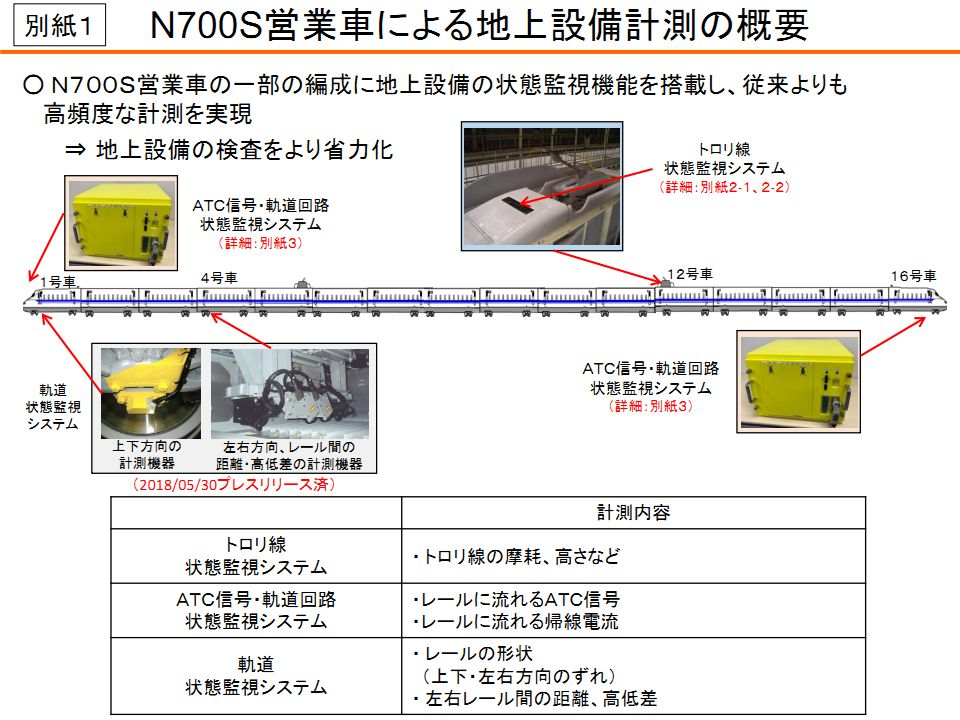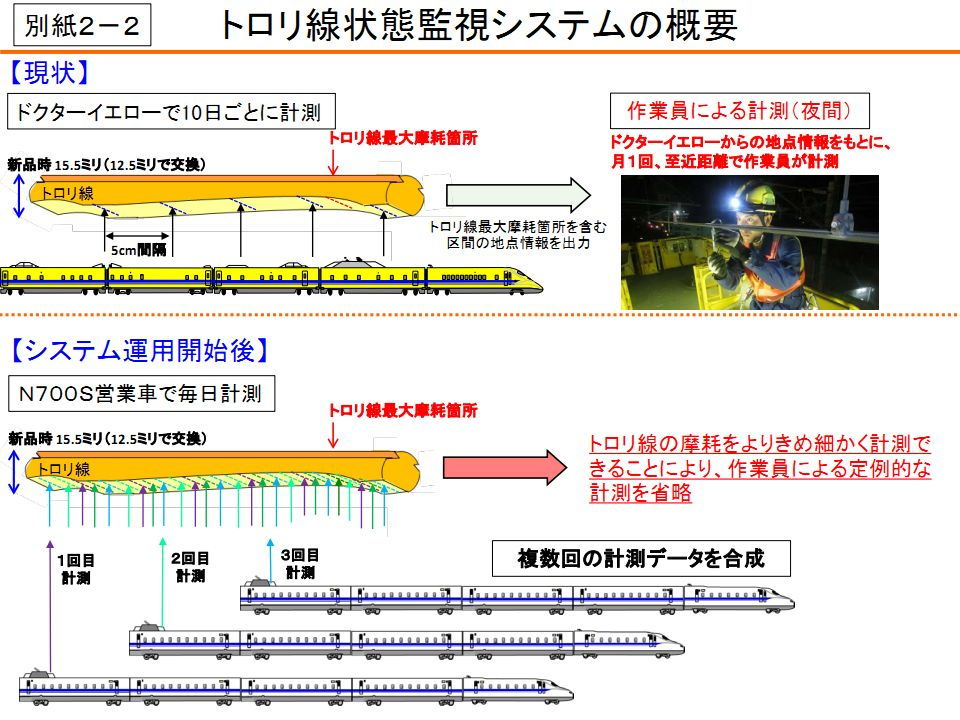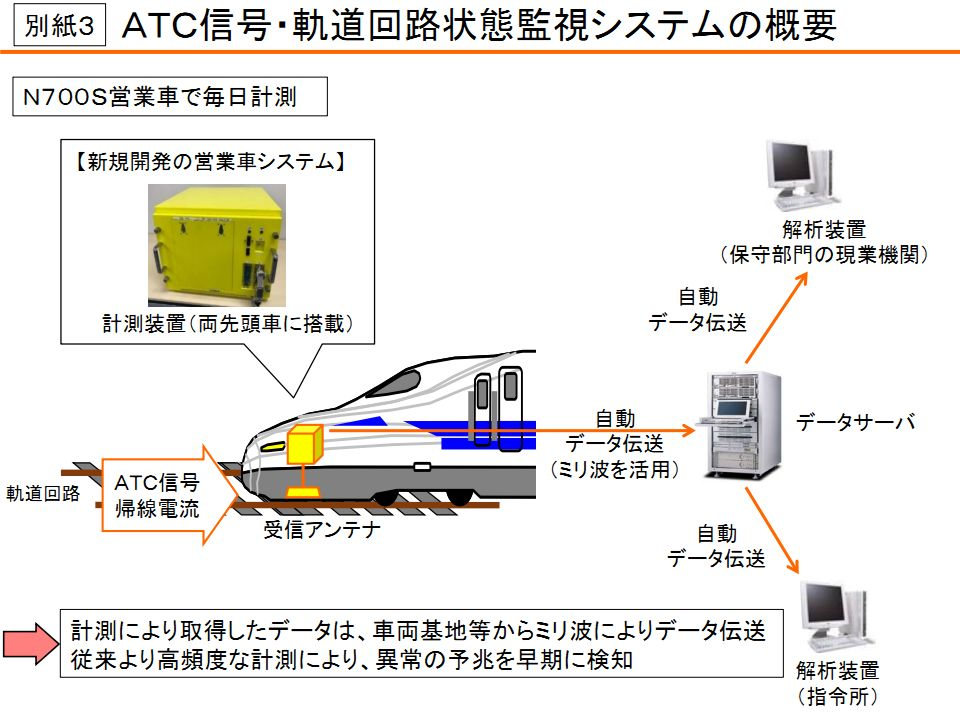
Reservation booth:+86(0)21-3114 8748
Visit/media contact:+8613601815988
QQ:2463282767
email:artsexpo@sgexpo.cn
On January 29, 2025, the legendary inspection train "Doctor Yellow" on Japan's Tokaido and Sanyo Shinkansen lines celebrated its historic moment when the "T4" belonging to the Tokai Railway Company (JR Tokai) completed its last operation, officially ending its 24-year mission. As the "guardian" of the Shinkansen system, "Dr. Huang" is loved by railway fans for its mysterious whereabouts and unique yellow livery, and there is even a saying that "if you see it, you will be happy". In order to witness this historic moment, many railway fans gathered at the station and along the line to bid farewell to the "railway doctor" with cameras and applause.
JR Tokai and JR West each have a Type 923 inspection train, which was jointly developed by both parties, based on the transformation of the 700 series Shinkansen, using a dynamic decentralized design, with a maximum detection speed of 270 km/h, of which, the T4 train belongs to JR Central, the T5 train belongs to JR West, and the T4 train was put into service in October 2000, mainly responsible for the comprehensive inspection of the track, catenary, signal system and other equipment of the Tokaido Shinkansen. The T5 train was opened in March 2005 and covers the inspection mission of the San'yo Shinkansen (Shinagawa Station to Hakata Station). The division of labor between the two works together to ensure the safe operation of the Shinkansen. Since the "Dr. Huang's timetable" is not open to the public and only runs a few dozen times a year, its mysterious whereabouts make it a "dream train" in the hearts of railway fans.
JR West's T5 formation is expected to be retired after 2027, and this time we will focus on the retired T4, which is a representative of Shinkansen inspection technology, and its core functions include:
❤️ Orbit inspection: Real-time monitoring of track geometry (e.g., gauge, levelness) and wear through laser measurement and image analysis technology.
❤️ Electrical equipment detection: use high-precision sensors to detect the catenary voltage, current and suspension system status to ensure the stable operation of the power supply system.
❤️ Signal system detection: Verify the accuracy and reliability of signal transmission through on-board equipment to prevent communication failures.
Environmental monitoring: Detect the vibration, noise and other data during the operation of the train, and evaluate the impact on the environment along the line.
The carriage marshalling comprises a communication signal detection vehicle, a catenary detection vehicle, an instrument control vehicle, etc., except for the 4th section for a trailer, the rest are power vehicles. The 2nd and 6th carriages are equipped with single-arm pantographs.

The inspection tasks include regular route inspections every 10 days and monthly overhauls to ensure the stability and safety of Shinkansen equipment. When operating at night, data is collected in real time through infrared monitoring cameras, laser scanning and other technologies.
The use of T4 marks an important step in the Shinkansen inspection technology from manual inspection to automation and intelligence. Its efficient and accurate detection capability provides a solid guarantee for the safe operation of the Shinkansen, and also lays the foundation for the development of subsequent inspection trains.
The retirement of the T4 is not accidental, but an inevitable result of the continuous advancement of Shinkansen inspection technology. As the body of the car deteriorated, JR Tokai began to integrate inspection equipment into the latest commercial operation train, the "N700S", and built a new model of "commercial operation + real-time inspection". This model not only improves inspection efficiency, but also reduces operating costs, marking a new era in Shinkansen inspection technology.
The N700S is equipped with testing equipment including:
❤️ On-board track detection system: It can monitor the track status in real time while the train is running, and there is no need to arrange a separate inspection of the train.
❤️ Intelligent data analysis platform: AI technology is used to analyze inspection data, predict potential faults and provide maintenance suggestions.
❤️ Remote monitoring system: transmit the detection data to the control center in real time to realize the intelligent management of the whole line.

The retirement of the "Dr. Huang" T4 has aroused widespread concern among railway fans. In order to record this historical moment, many people waited early at the station and along the line, using their cameras and mobile phones to capture the last majestic posture of the T4. On social media, "Goodbye Dr. Huang T4" became a hot topic, and railway fans shared stories and photos of themselves and "Dr. Huang" to express their respect and reluctance to this "railway doctor". The retirement of the "Dr. Huang" T4 is not only the end of a period of history, but also a new starting point for the development of Shinkansen technology. In the future, with the widespread application of technologies such as AI and big data, the inspection system of the Shinkansen will become more intelligent and efficient, and will continue to protect the safety and speed of Japanese railways.


Although the T4 has been retired, the spirit and skills of "Dr. Huang" will continue to be inherited. JR Tokai plans to donate part of the equipment of the T4 to the Railway Museum as a witness to the development of Shinkansen inspection technology. At the same time, the N700S's inspection mode will inject new vitality into the safe operation of the Shinkansen and promote the railway inspection technology to a higher level.